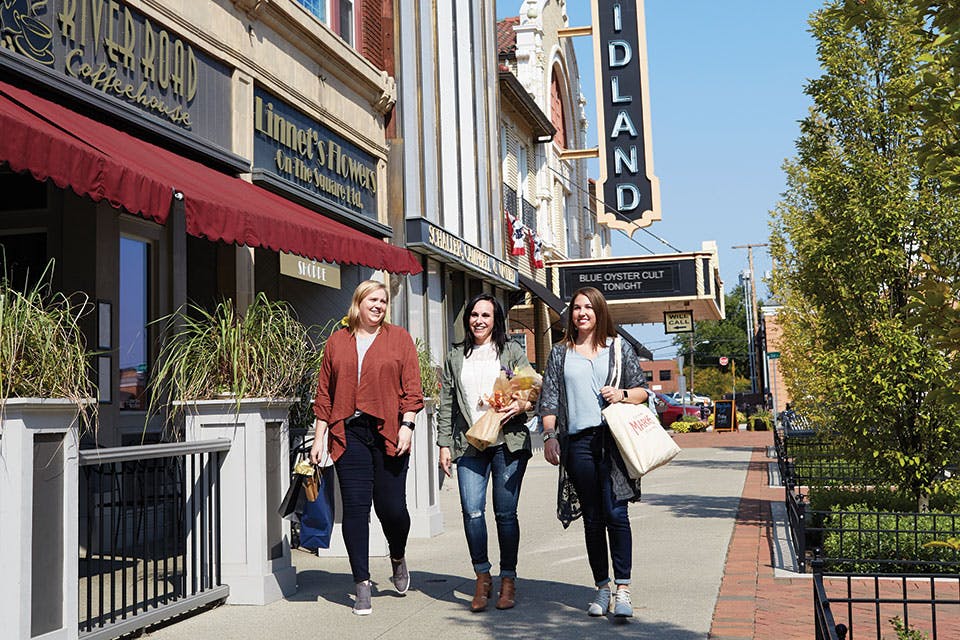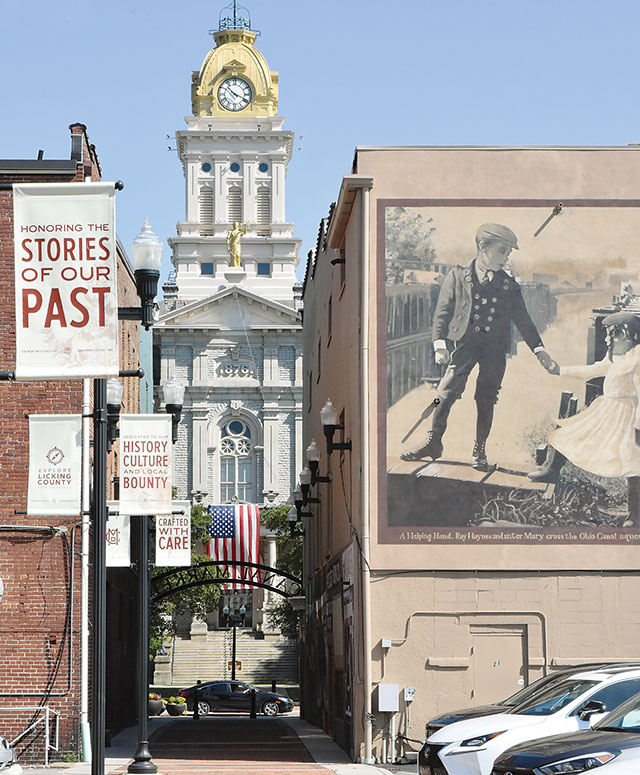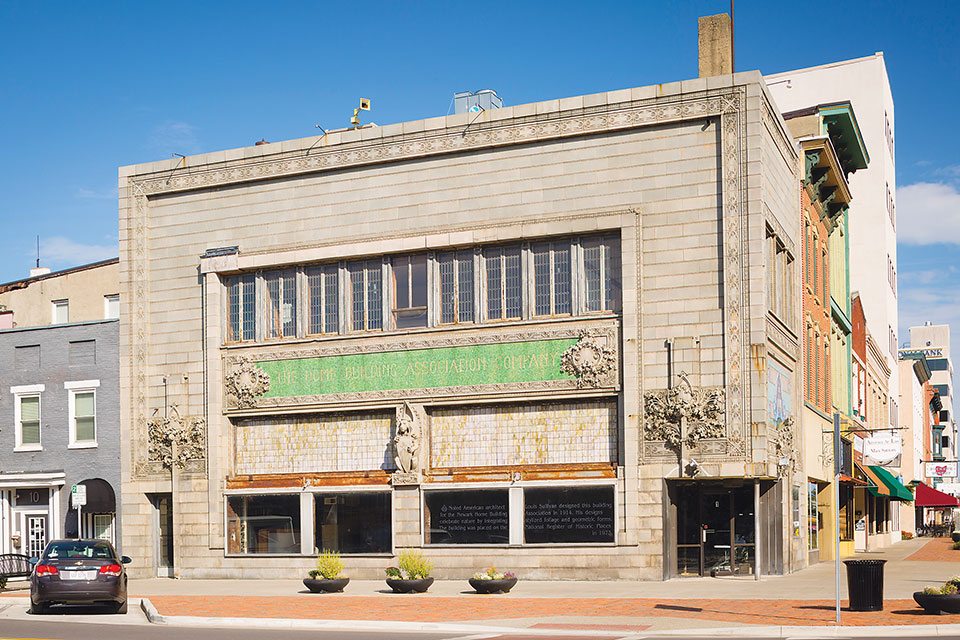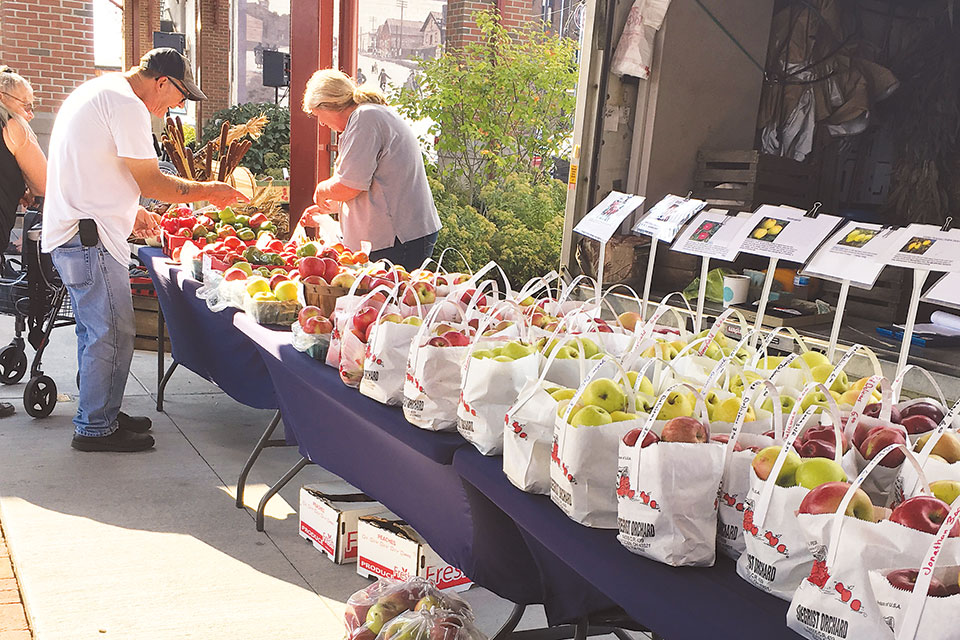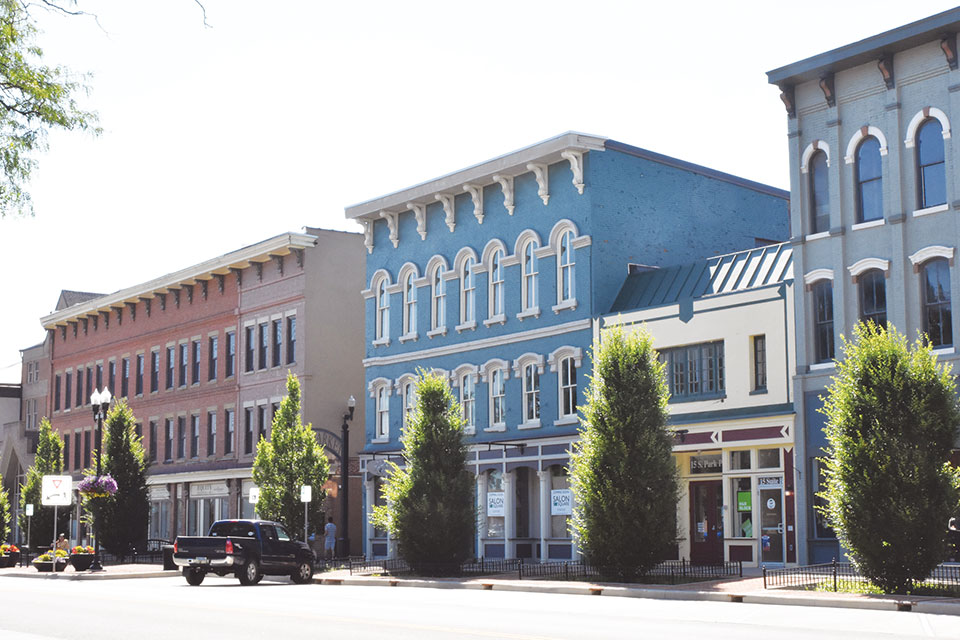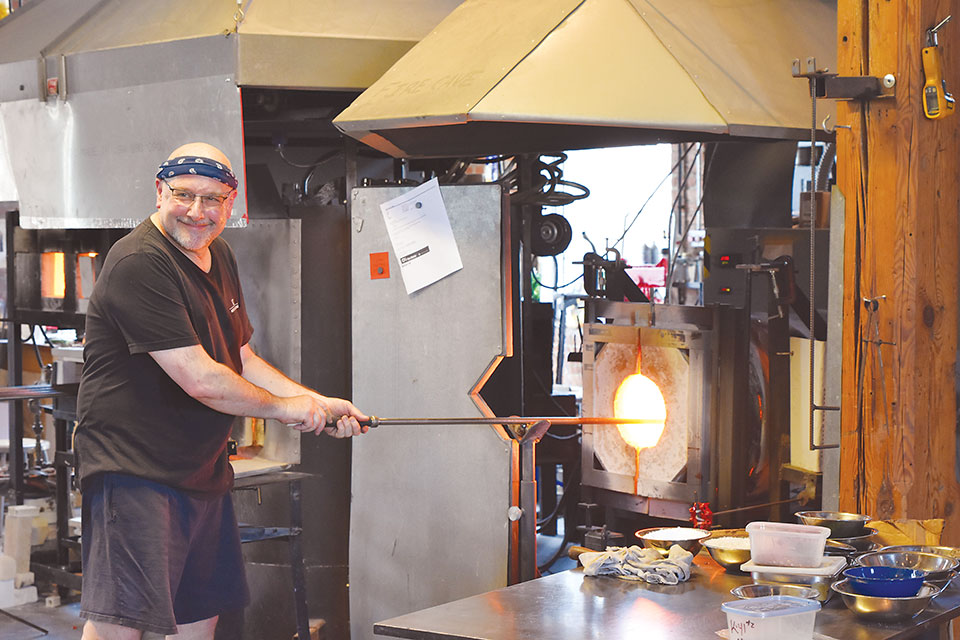Ohio Life
Best Hometowns 2019: Newark
Licking County’s largest city has reinvented its downtown with upgrades that play on local history while creating a strong sense of community.
Related Articles
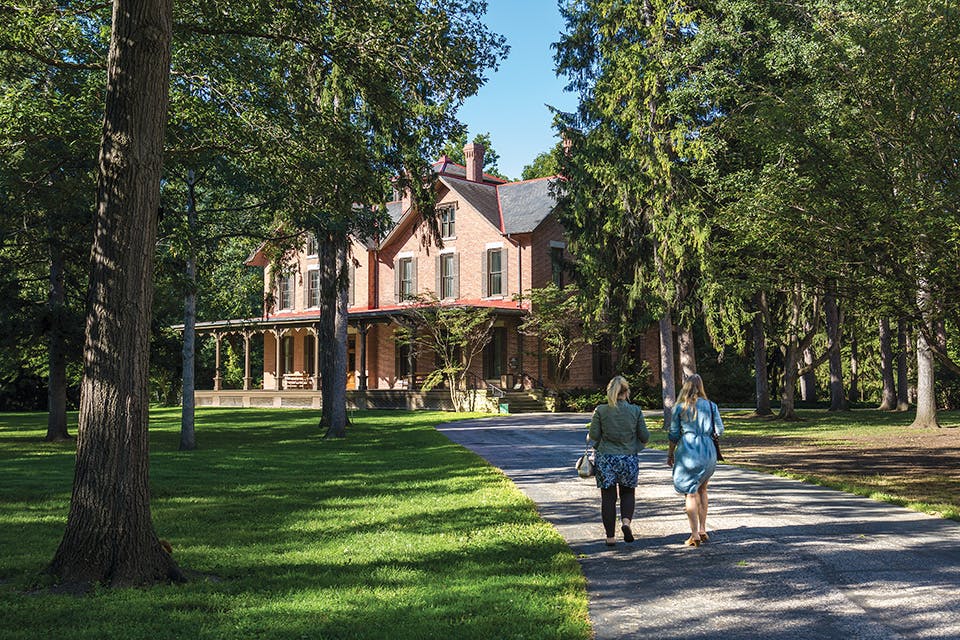
Hometown Road Trips 2019-2020
Summer means it’s time to explore. Check out these interesting and fun destinations we discovered while visiting this years Best Hometown honorees. READ MORE >>
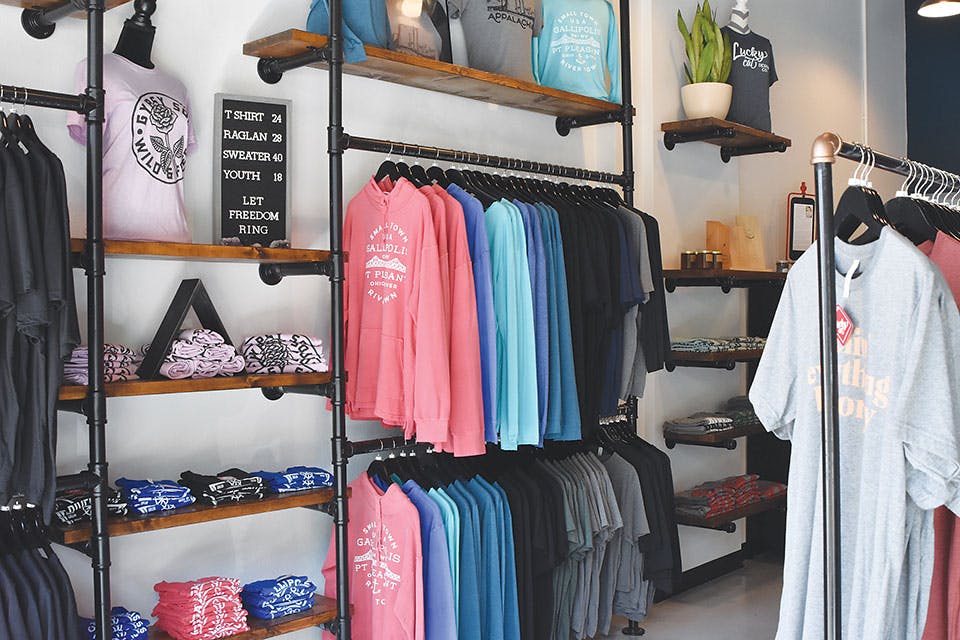
Best of the Best Hometowns 2019–20
We celebrate our 2019–2020 Best Hometown honorees by sharing some of the interesting and fun discoveries we made during our visits. READ MORE >>
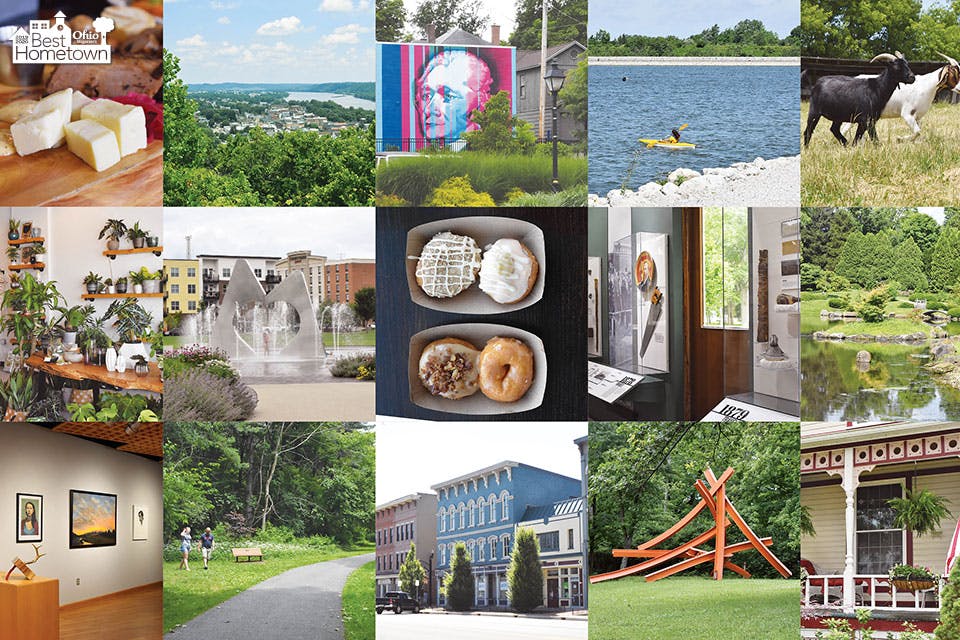
Best Hometowns 2019
This year, we honor Fremont, Hamilton, Hartville, Gallipolis and Newark — five communities that make us proud to call Ohio home. READ MORE >>


